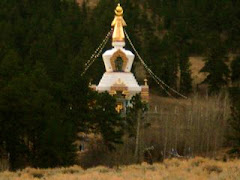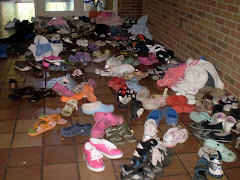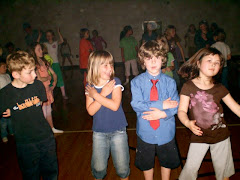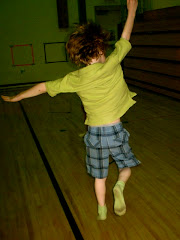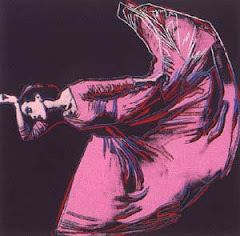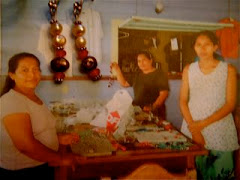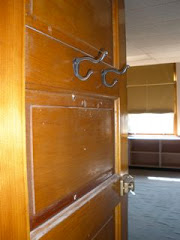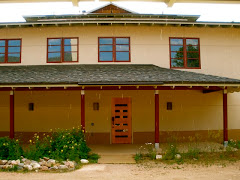
I woke up this morning with this phrase going through my head. I am haunted by something Haitian msuician Wyclef Jean said when being interviewed about the earthquake: " Every night, we could hear the people singing. You can hear them chanting and still singing the words of God--it's unexplainable." This is what I remember from the hours of coverage, the telethon, the photographs in the paper, Anderson Cooper's nightly coverage: the Haitian people are singing every night. They don't sing because they are happy; they sing because they can.
Morgan Freeman read an excerpt from the poem below, written by New Orleans poet Kalamu ya Salaam. Listen to the beauty. Listen to the hope. We can see the life, through all of it.
Tomorrow's Toussaints
this is Haiti, a state
slaves snatched from surprised masters,
its high lands, home of this
world's sole successful
slave revolt. Haiti, where
freedom has flowered and flown
fascinating like long necked
flamingoes gracefully feeding
on snails in small pinkish
sunset colored sequestered ponds.
despite the meanness
and meagerness of life
eked out of eroding soil
and from exploited urban toil, there
is still so much beauty here in this
land where the sea sings roaring a shore
and fecund fertile hills lull and roll
quasi human in form
there is beauty here
in the unyielding way
our people,
colored charcoal, and
banana beige, and
shifting subtle shades
of ripe mango, or strongly
brown-black, sweet
as the such from
sun scorched staffs
of sugar cane,
have decided
we shall survive
we will live on
a peasant pauses
clear black eyes
searching far out over the horizon
the hoe motionless, suspended
in the midst
of all this shit and suffering
forced to bend low
still we stop and stand
and dream and believe
we shall be released
we shall be released
for what slaves
have done
slaves can do
and that begets
the beauty
slaves can do






